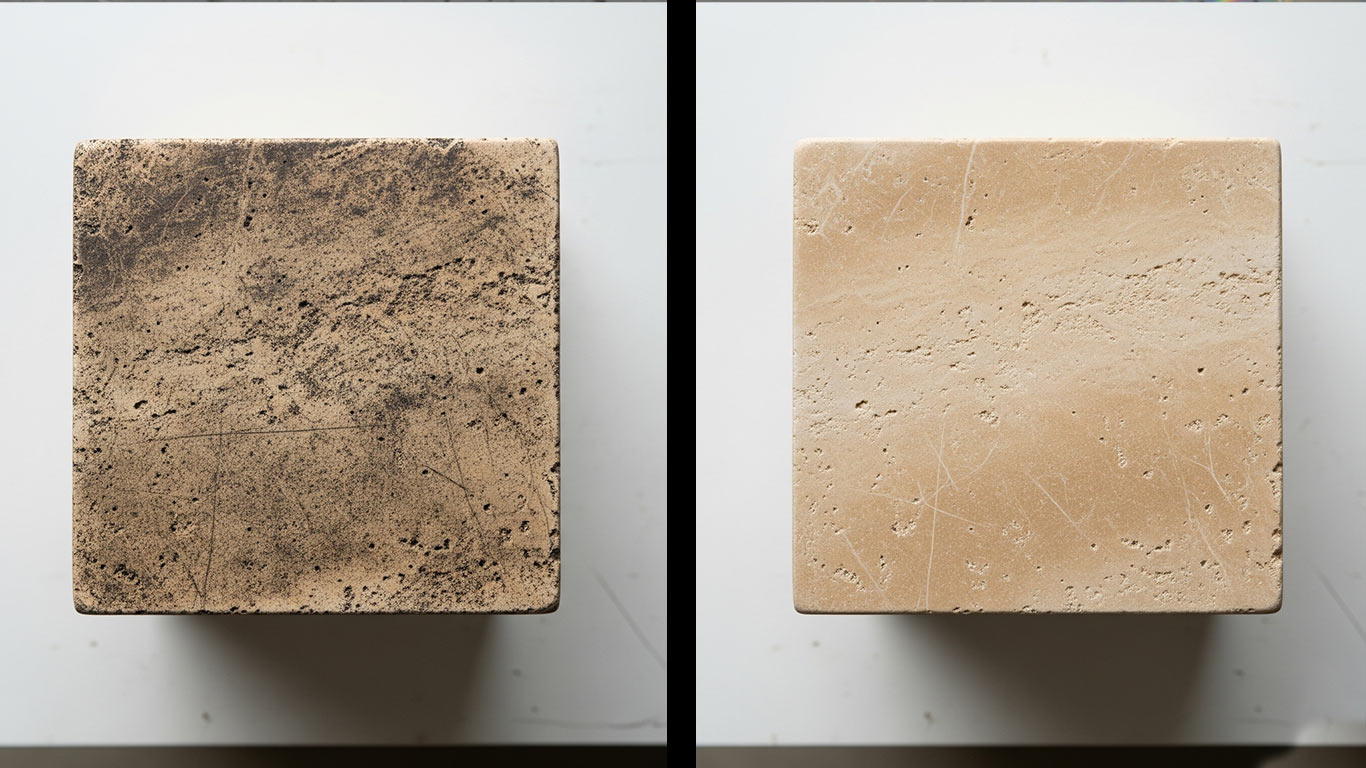
ANSI
ANSI Z136.1 - Safe Use of Lasers



When laser cleaning travertine, I've gotten the best results by starting with low-power passes that honor its porous texture, letting contaminants lift off easily without heat penetrating too deeply and risking surface cracks.
When examining the contaminated travertine surface at high magnification, I've noticed thick layers of grime coating every crevice. Dust particles cluster tightly in the open pores, blocking the natural texture below. The overall look stays dull and irregular, hiding the stone's true form.
After laser treatment, the same surface reveals a smooth, exposed grain that shines clearly now. Pores appear wide open without any clinging debris inside them. Fine details of the stone emerge vivid and uniform across the whole area

ANSI Z136.1 - Safe Use of Lasers

IEC 60825 - Safety of Laser Products

OSHA 29 CFR 1926.95 - Personal Protective Equipment